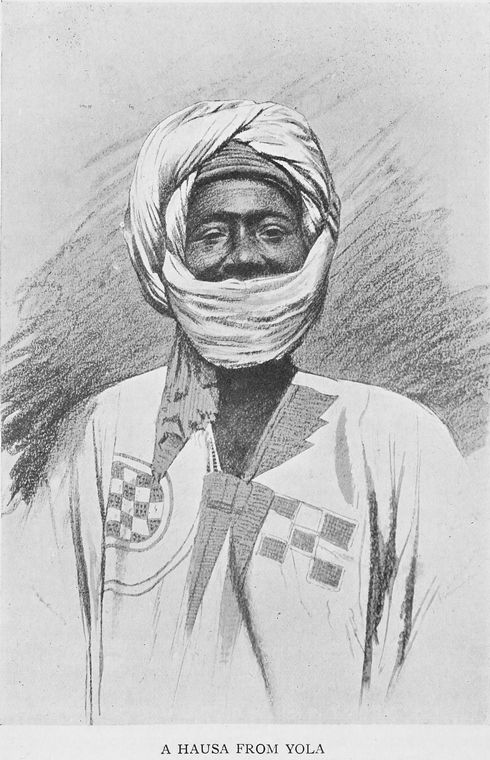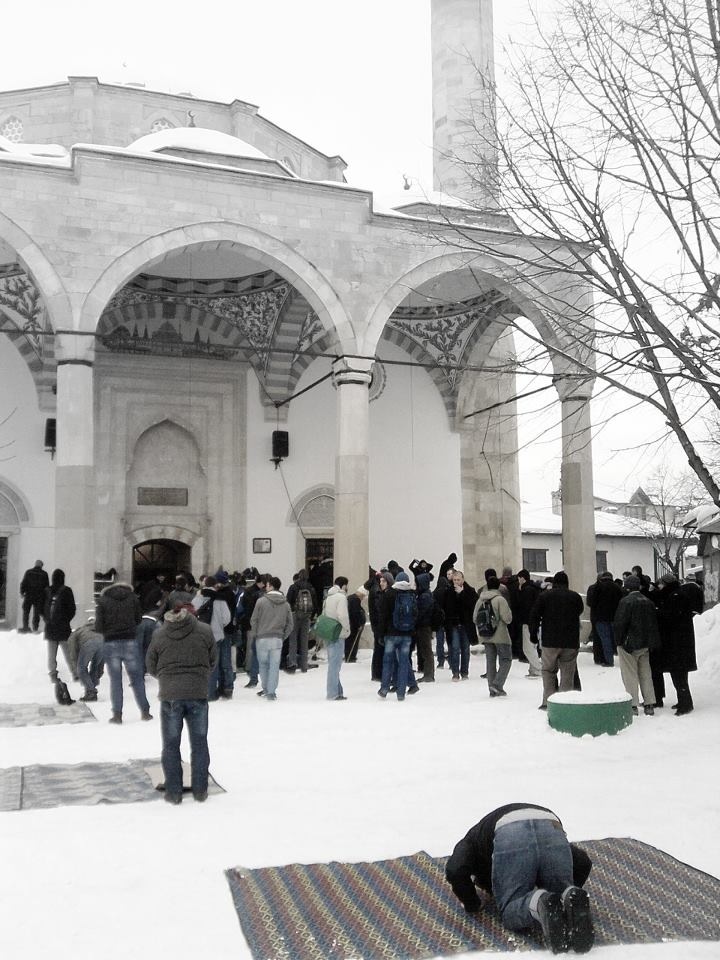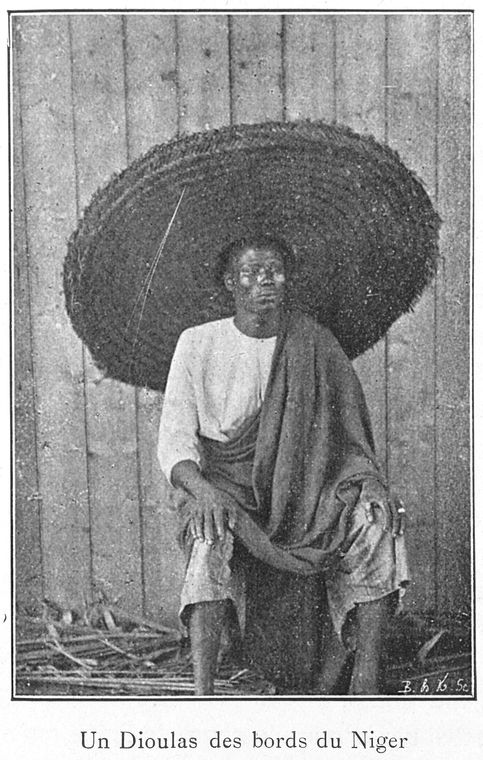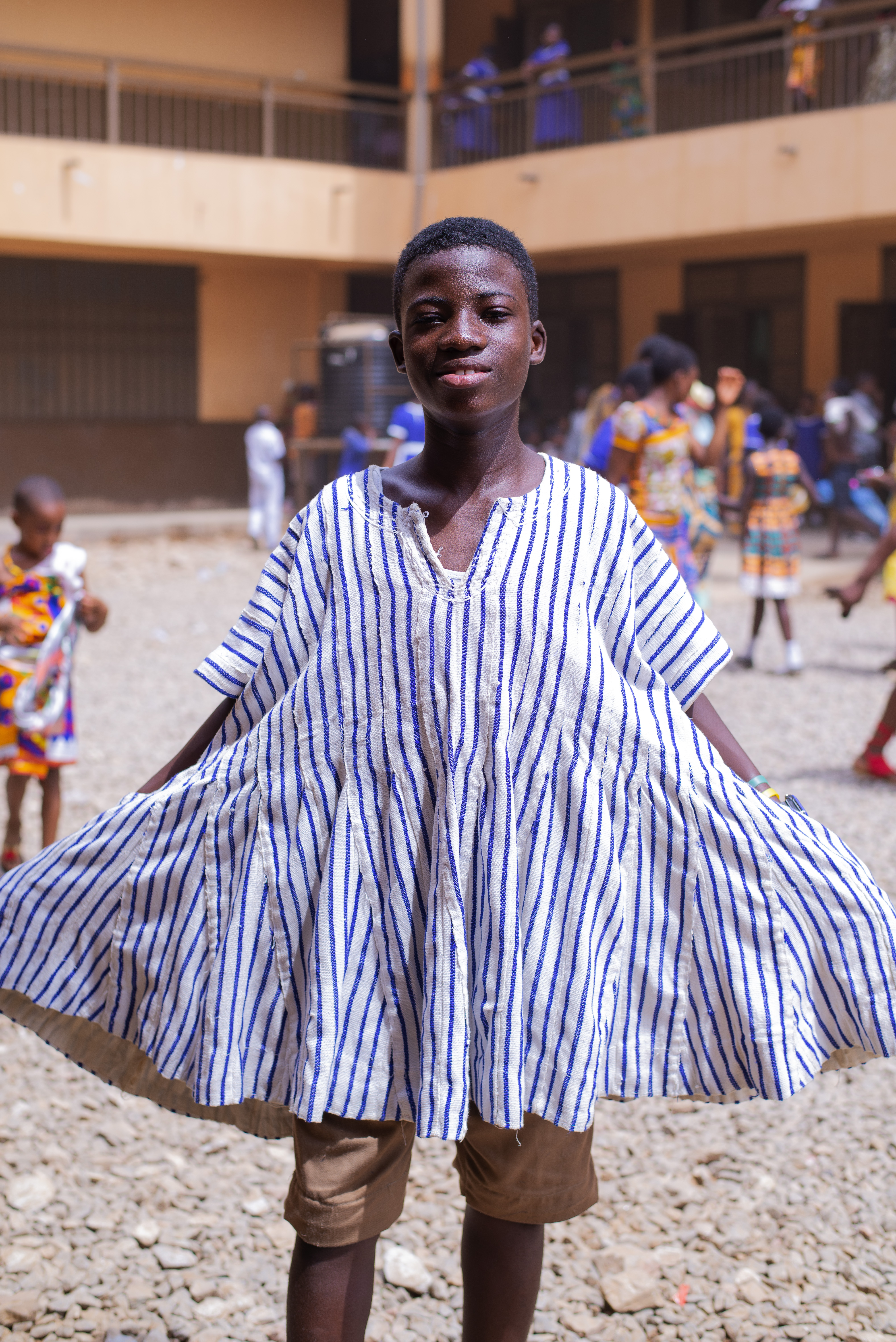|
Agbada
The boubou or grand boubou is a flowing wide-sleeved robe worn across West Africa, and to a lesser extent in North Africa, related to the dashiki suit. The garments and its variations are known by various names in different ethnic groups and languages. It is called agbádá in Yoruba, babban Riga in Hausa, boubou or mbubb in Wolof, k'sa or gandora in Tuareg, Kwayi Bèri in Zarma-Songhai, darra'a in Maghrebi Arabic, grand boubou in various French-speaking West African countries and the English term gown. The Senegalese boubou, a variation on the ''grand boubou'' described below, is also known as the Senegalese kaftan. The female version worn in some communities is also known as a m'boubou or kaftan. History Its origin lies with the clothing style of the Tuareg, Songhai- Zarma, Hausa, Kanuri, Toubou, and other trans-Saharan and Sahelian trading groups who used the robe as a practical means of protection from both elements (the harsh sun of the day and sub-freezing temper ... [...More Info...] [...Related Items...] OR: [Wikipedia] [Google] [Baidu] |
Dashiki
The dashiki is a colorful garment that covers the top half of the body, worn mostly in West Africa. It is also known as a Kitenge in East Africa and is a common item of clothing in Tanzania and Kenya. It has formal and informal versions and varies from simple draped clothing to fully tailored suits. A common form is a loose-fitting pullover garment, with an ornate V-shaped collar, and tailored and embroidered neck and sleeve lines. It is frequently worn with a brimless kufi cap (which is worn in Islamic communities in Africa and the African diaspora) and pants. It has been popularized and claimed by communities in the African diaspora, especially African Americans. The now trademark dashiki design was born from the "Angelina print," a wax print pattern by Dutch designer Toon van de Mannaker for Netherlands-based Vlisco, whose designs are "inspired by Africa". The exact inspiration for the Angelina print pattern was traditional silk embroidered tunics worn by Ethiopian women. ... [...More Info...] [...Related Items...] OR: [Wikipedia] [Google] [Baidu] |
Mamadou Tandja 2005
Mamadou is a common given name in West Africa among predominantly Muslim ethnic groups such as the Mandé and Wolof people. It is a variant of the Arabic name Muhammad. Academics *Mamadou Diouf (historian), Senegalese professor of West African history at Columbia University Arts and music * MAMADOU, Senegalese band based in the United States *Mamadou Diabaté, Malian ''kora'' player * Mamadou Diop (musician), Senegalese rhythm guitarist and band leader * Mamadou Konte, Senegalese music producer Government *Mamadou (mansa), ruler of the Mali Empire * Mamadou Blaise Sangaré, Malian politician, president of the Social Democratic Convention *Mamadou Boye Bah, Guinean economist and politician * Mamadou Kamara Dékamo, Congo-Brazzaville politician and diplomat *Mamadou Dembelé, Malian politician *Mamadou Dia, Senegalese politician, former prime minister *Mamadou Diop (politician), Senegalese politician, former mayor of Dakar *Mamadou Koulibaly, Ivorian politician *Mamadou Lamine Loum ... [...More Info...] [...Related Items...] OR: [Wikipedia] [Google] [Baidu] |
Alasho
Alasho is an indigenous Hausa long turban, worn across the head and neck. It is near identical in length, colour and dimensions to that of the Tuareg tagelmust, but is wrapped differently to the Tuareg method, leaving the sides of the head and some of the lower neck free. A similar style turban is worn by Songhai men, known as 'fatalaa' in Zarma. Tal Tamari (1998), Les castes de l'Afrique occidentale: Artisans et musiciens endogames, Nanterre: Société d’ethnologie, Once common throughout Hausa society as common male clothing, today it only survives when used for important occasions or ceremonies, rite of passage rituals to the adult age, marriage or in the inauguration of a social leader. The Alasho veil has traditionally been manufactured in Kano, and was sold to Tuareg and Songhay clients and traders. See also *Litham Litham ( ar, لِثَام, lithām , sometimes pronounced lifam) is a mouth-veil which the Tuareg and other North African nomads, particularly men, have ... [...More Info...] [...Related Items...] OR: [Wikipedia] [Google] [Baidu] |
Mali
Mali (; ), officially the Republic of Mali,, , ff, 𞤈𞤫𞤲𞥆𞤣𞤢𞥄𞤲𞤣𞤭 𞤃𞤢𞥄𞤤𞤭, Renndaandi Maali, italics=no, ar, جمهورية مالي, Jumhūriyyāt Mālī is a landlocked country in West Africa. Mali is the eighth-largest country in Africa, with an area of over . The population of Mali is million. 67% of its population was estimated to be under the age of 25 in 2017. Its capital and largest city is Bamako. The sovereign state of Mali consists of eight regions and its borders on the north reach deep into the middle of the Sahara Desert. The country's southern part is in the Sudanian savanna, where the majority of inhabitants live, and both the Niger and Senegal rivers pass through. The country's economy centres on agriculture and mining. One of Mali's most prominent natural resources is gold, and the country is the third largest producer of gold on the African continent. It also exports salt. Present-day Mali was once p ... [...More Info...] [...Related Items...] OR: [Wikipedia] [Google] [Baidu] |
Friday Prayer
In Islam, Friday prayer or Congregational prayer ( ar, صَلَاة ٱلْجُمُعَة, ') is a prayer ('' ṣalāt'') that Muslims hold every Friday, after noon instead of the Zuhr prayer. Muslims ordinarily pray five times each day according to the sun's sky path regardless of time zones. ''Jumu’ah'' means Friday in the Arabic language. In many Muslim countries, the weekend is inclusive of Fridays, while in others, Fridays are half-days for schools and some workplaces. Meaning It is one of the most exalted Islamic rituals and one of its confirmed obligatory acts. Obligation There is consensus among Muslims regarding the Friday prayer (''salat al-jum‘ah'') being '' wajib'' - required - in accordance with the Quranic verse, as well as the many traditions narrated both by Shi’i and Sunni sources. According to the majority of Sunni schools and some Shiite jurists, Friday prayer is a religious obligation, but their differences were based on whether its obligation is c ... [...More Info...] [...Related Items...] OR: [Wikipedia] [Google] [Baidu] |
Mosque
A mosque (; from ar, مَسْجِد, masjid, ; literally "place of ritual prostration"), also called masjid, is a place of prayer for Muslims. Mosques are usually covered buildings, but can be any place where prayers ( sujud) are performed, including outdoor courtyards. The first mosques were simple places of prayer for Muslims, and may have been open spaces rather than buildings. In the first stage of Islamic architecture, 650-750 CE, early mosques comprised open and closed covered spaces enclosed by walls, often with minarets from which calls to prayer were issued. Mosque buildings typically contain an ornamental niche ('' mihrab'') set into the wall that indicates the direction of Mecca ('' qiblah''), ablution facilities. The pulpit ('' minbar''), from which the Friday ( jumu'ah) sermon (''khutba'') is delivered, was in earlier times characteristic of the central city mosque, but has since become common in smaller mosques. Mosques typically have segregated spaces for m ... [...More Info...] [...Related Items...] OR: [Wikipedia] [Google] [Baidu] |
Muslim Holidays
There are two official holidays in Islam, Eid al-Fitr and Eid al-Adha, which are celebrated by Muslims worldwide. Both holidays occur on dates in the lunar Islamic calendar, which is different from the solar-based Gregorian calendar, so they are observed on different Gregorian dates every year. There are a number of other days of note and festivals, some common to all Muslims, others specific to Shia Islam as a whole or branches thereof. Both Eid al-Fitr and Eid al-Adha follow a period of 10 holy days or nights: the last 10 nights of Ramadan (Eid al-Fitr), and the first 10 days of Dhu al-Hijjah (Eid al-Adha). The Night of Power, one of the last 10 nights of Ramadan, is the holiest night of the year. Conversely, the Day of Arafah, the day before Eid al-Adha, is the holiest day of the Islamic year. Additionally, Friday is considered the holiest day of the week, and in Islamic tradition, is considered a celebration in itself. Friday Prayers (Juma) are congregational prayers held in ... [...More Info...] [...Related Items...] OR: [Wikipedia] [Google] [Baidu] |
Dyula People
The Dyula (Dioula or Juula) are a Mande ethnic group inhabiting several West African countries, including Mali, Cote d'Ivoire, Ghana, and Burkina Faso. Characterized as a highly successful merchant caste, ''Dyula'' migrants began establishing trading communities across the region in the fourteenth century. Since business was often conducted under non-Muslim rulers, the ''Dyula'' developed a set of theological principles for Muslim minorities in non-Muslim societies. Their unique contribution of long-distance commerce, Islamic scholarship and religious tolerance were significant factors in the peaceful expansion of Islam in West Africa. Historical background The Mandé embraced Islam during the thirteenth century following introduction to the faith through contact with the North African traders. By the 14th century, the Malian empire (c.1230-1600) had reached its apogee, acquiring a considerable reputation for the Islamic rulings of its court and the pilgrimages of several e ... [...More Info...] [...Related Items...] OR: [Wikipedia] [Google] [Baidu] |
Fulani
The Fula, Fulani, or Fulɓe people ( ff, Fulɓe, ; french: Peul, links=no; ha, Fulani or Hilani; pt, Fula, links=no; wo, Pël; bm, Fulaw) are one of the largest ethnic groups in the Sahel and West Africa, widely dispersed across the region. Inhabiting many countries, they live mainly in West Africa and northern parts of Central Africa, South Sudan, Darfur, and regions near the Red Sea coast in Sudan. The approximate number of Fula people is unknown due to clashing definitions regarding Fula ethnicity. Various estimates put the figure between 25 and 40 million people worldwide. A significant proportion of the Fula – a third, or an estimated 12 to 13 million – are pastoralists, and their ethnic group has the largest nomadic pastoral community in the world., Quote: The Fulani form the largest pastoral nomadic group in the world. The Bororo'en are noted for the size of their cattle herds. In addition to fully nomadic groups, however, there are also semisedentary Fulani —F ... [...More Info...] [...Related Items...] OR: [Wikipedia] [Google] [Baidu] |
Thawb
Thawb ( ar, ثَوْب "garment"), also spelled thobe or tobe and known by various other names in different regions, is an ankle-length robe, usually with long sleeves. It is commonly worn in the Arabian Peninsula, the Middle East, North Africa, and other neighbouring Arab countries, and some countries in East and West Africa. Etymology The word ''thawb'' (ثَوْب) is the Arabic word for "garment". It is also romanized as ''thobe'' or ''thaub''. Prevalence and regional differences in names and use by gender Middle East and North Africa The ''thawb'' is commonly worn by men in the Arabian Peninsula. It is normally made of cotton, but heavier materials such as sheep's wool can also be used, especially in colder climates in Iraq and Syria. The style of the thawb varies slightly among the various regions in the area. The sleeves and the collar can be stiffened to give a more formal appearance. Other names may be used for this garment. In Iraq, Kuwait, the Levant, and Oman, ... [...More Info...] [...Related Items...] OR: [Wikipedia] [Google] [Baidu] |
Ghanaian Smock
A Ghanaian smock is a plaid shirt that is similar to the dashiki, worn by both women and men in Ghana. It is the most popular traditional attire in Ghana. The smock is called Bingmaa in Dagbani language, Bun-nwↃ or Bana by Mamprusis, fugu in Mosi, batakari in the southern regions, in Frafra, and Banaa in Kusaal both in the upper east region. It is worn by Royals and civilians across Dagbon and other northern regions, but popular across Ghana. The smock originated in the northern region of Ghana but widely used in West Africa and diasporans across the world. The smock is not unlike the national attire of Burkina Faso known as faso dan fadi. The smock and Kente cloth are the national dress of Ghana. Kente cloth originated in the southern region of Ghana. The smock is made of hand-loomed strips popularly called Strip Cloths. They are made of a mixture of dyed and undyed cotton loom, and are originally from the northern part of Ghana and other parts of West Africa. The stri ... [...More Info...] [...Related Items...] OR: [Wikipedia] [Google] [Baidu] |
Songhai Empire
The Songhai Empire (also transliterated as Songhay) was a state that dominated the western Sahel/Sudan in the 15th and 16th century. At its peak, it was one of the largest states in African history. The state is known by its historiographical name, derived from its leading ethnic group and ruling elite, the Songhai. Sonni Ali established Gao as the capital of the empire although a Songhai state had existed in and around Gao since the 11th century. Other important cities in the empire were Timbuktu and Djenné, conquered in 1468 and 1475 respectively, where urban-centered trade flourished and to the south is the north Akan state of Bonoman. Initially, the empire was ruled by the Sonni dynasty (–1493), but it was later replaced by the Askia dynasty (1493–1901). During the second half of the 13th century, Gao and the surrounding region had grown into an important trading center and attracted the interest of the expanding Mali Empire. Mali conquered Gao towards the end of ... [...More Info...] [...Related Items...] OR: [Wikipedia] [Google] [Baidu] |

.jpg)








